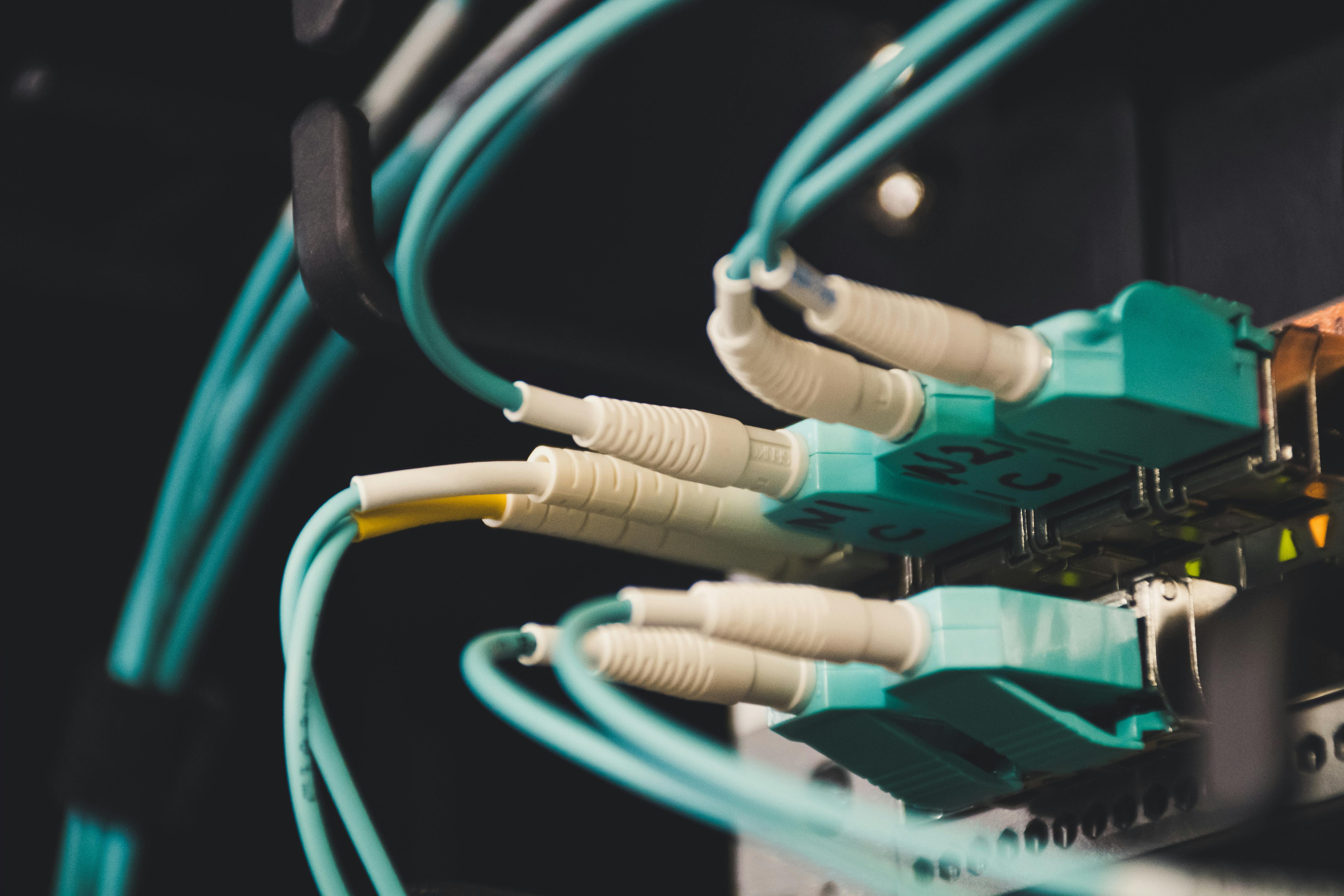Blockchain's Potential to Revolutionize Telecommunications
Imagine a world where your mobile phone plan is tailored precisely to your usage, adjusting in real-time without hidden fees or confusing contracts. This isn't science fiction—it's the potential future of telecommunications powered by blockchain technology. As we delve into this groundbreaking intersection of blockchain and telecom, we'll explore how this decentralized ledger system could reshape the industry, offering unprecedented transparency, efficiency, and innovation.

The telecom industry, with its complex billing systems, vast networks, and millions of daily transactions, stands to benefit significantly from blockchain’s inherent characteristics. By implementing blockchain solutions, telecom companies can streamline operations, enhance security, and create new service models that were previously unfeasible due to technological limitations.
Enhancing Security and Fraud Prevention
One of the most promising applications of blockchain in telecommunications is in the realm of security and fraud prevention. Telecom fraud, including SIM swapping, subscription fraud, and identity theft, costs the industry billions annually. Blockchain’s cryptographic nature and distributed architecture make it extremely difficult for malicious actors to tamper with data or impersonate users.
By storing customer identity and authentication data on a blockchain, telecom providers can create a more robust verification system. This could potentially eliminate the need for traditional SIM cards, replacing them with blockchain-based digital identities that are nearly impossible to hack or duplicate. Moreover, smart contracts—self-executing contracts with the terms directly written into code—can automate fraud detection and prevention measures, instantly flagging and blocking suspicious activities.
Revolutionizing Billing and Micropayments
The current billing systems in telecommunications are often opaque, leading to customer dissatisfaction and disputes. Blockchain technology offers a solution by providing a transparent, real-time billing platform. Every call, text, or data usage can be recorded on the blockchain, allowing for instant reconciliation and eliminating billing errors.
Furthermore, blockchain enables the implementation of micropayments, opening up new revenue streams for telecom companies. For instance, users could pay tiny amounts for specific services or content consumption, down to the second of a call or the byte of data. This granular level of billing was previously impractical due to transaction costs, but blockchain makes it economically viable.
Facilitating Seamless Roaming and Inter-carrier Settlements
International roaming has long been a pain point for both consumers and telecom operators. The process involves complex agreements between carriers and often results in high fees for users. Blockchain can simplify this by creating a decentralized network where roaming agreements are executed via smart contracts.
When a user enters a new network, the blockchain could automatically negotiate rates, authenticate the user, and handle billing in real-time. This not only reduces costs but also improves the user experience by eliminating the need to purchase separate international plans or SIM cards.
For carriers, blockchain streamlines inter-carrier settlements. Instead of the current system, which can take months to reconcile payments between operators, blockchain enables near-instantaneous settlements. This reduces operational costs and improves cash flow for telecom companies.
Empowering Network Sharing and Infrastructure Management
As telecom networks become increasingly complex, especially with the advent of small cell networks, managing infrastructure becomes more challenging. Blockchain can create a decentralized marketplace for network sharing, allowing multiple operators to efficiently utilize the same physical infrastructure.
Smart contracts can automate the process of allocating network resources based on demand, time of day, or other parameters. This not only optimizes network usage but also reduces the need for redundant infrastructure, potentially lowering costs for operators and, by extension, consumers.
Moreover, blockchain can improve the management of telecom assets. By creating a digital twin of physical infrastructure on the blockchain, operators can track the lifecycle of each piece of equipment, from installation to maintenance to decommissioning, ensuring optimal performance and reducing downtime.
Challenges and Future Outlook
While the potential of blockchain in telecommunications is immense, there are significant challenges to overcome. The technology is still relatively new, and large-scale implementation requires substantial investment and industry-wide cooperation. Regulatory hurdles, particularly concerning data privacy and cross-border transactions, also need to be addressed.
However, the benefits of blockchain are too significant to ignore. As the technology matures and more use cases are developed, we can expect to see increased adoption across the telecom industry. Pilot projects are already underway at several major telecom companies, exploring everything from identity management to IoT device authentication.
The future of telecommunications, powered by blockchain, promises to be more efficient, secure, and user-centric. As this technology continues to evolve, it has the potential to not only transform existing services but also to enable entirely new business models and revenue streams. The convergence of blockchain and telecommunications may well be the catalyst that propels the industry into a new era of innovation and customer satisfaction.





